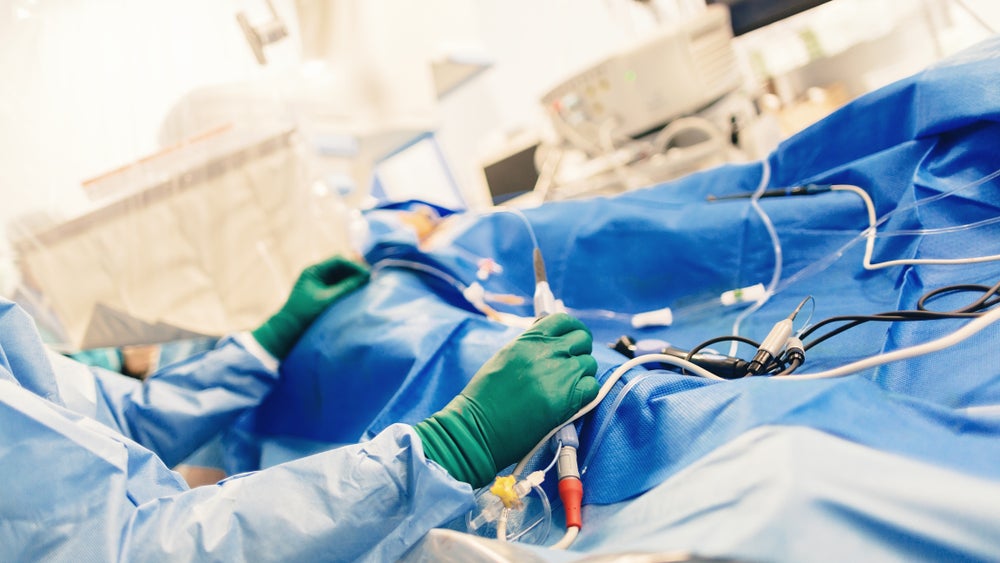A new study conducted using a diagnostic tool that employs near-infrared light (NIR) has demonstrated the potential for early detection of heart attack and stroke.
Researchers at the University of Warwick’s WMG in the UK, the Baker Institute in the US, and Australia’s Monash University have used the tool to identify high-risk arterial plaques, which are characterised by a fatty build-up in arteries.
It was found that increased wavelengths of the light currently used to visualise the plaques could selectively detect rupture-prone deposits that might result in blood clots, heart attacks and strokes.
University of Warwick WMG Dr Tara Schiller said: “What we have done uses innovative, materials-based techniques to assist in the development of new diagnostic tools.
“This could help us to detect the threat of an imminent heart attack and result in a decrease of the mortality rates.”
The researchers increased the wavelengths of the infrared (IR) radiation to NIR and used Raman spectroscopy to identify the products causing the fluorescence.
How well do you really know your competitors?
Access the most comprehensive Company Profiles on the market, powered by GlobalData. Save hours of research. Gain competitive edge.

Thank you!
Your download email will arrive shortly
Not ready to buy yet? Download a free sample
We are confident about the unique quality of our Company Profiles. However, we want you to make the most beneficial decision for your business, so we offer a free sample that you can download by submitting the below form
By GlobalDataAs these products were observed only in the unstable plaques with internal bleeding, it is expected to enhance selectivity during detection of high-risk deposits and the identification of high-risk patients.
To be evaluated in clinical trials, the laser-based diagnosis method is intended for use in the assessment of unstable fatty arterial plaques and to monitor the efficacy of drugs used for the prevention of heart attacks or strokes.







